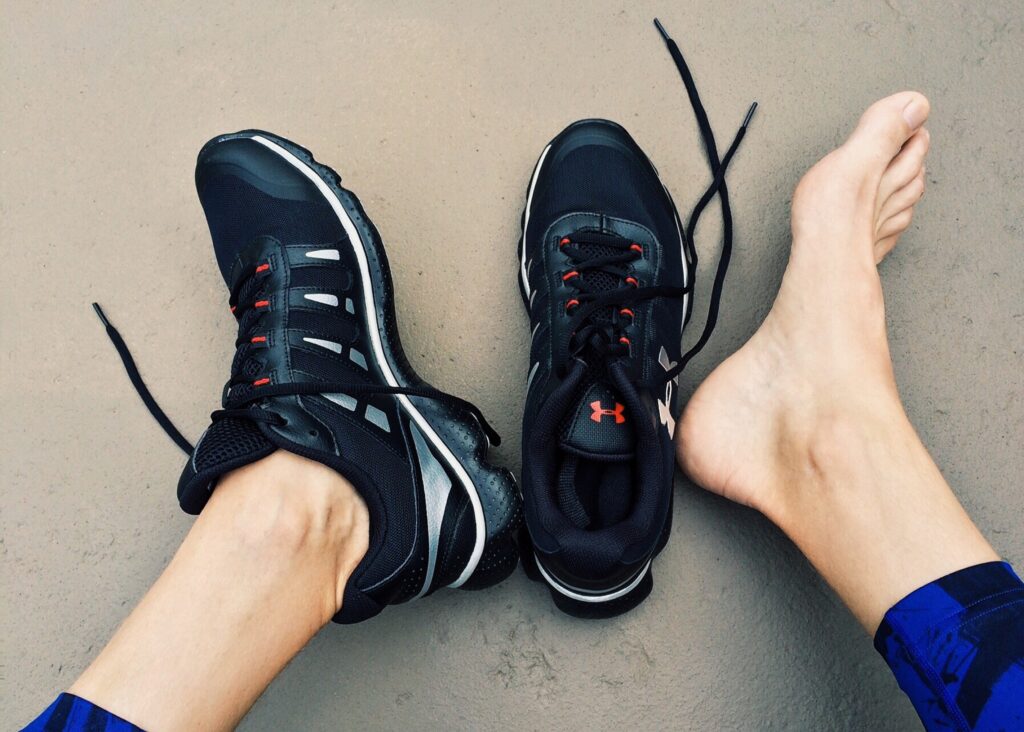Physical Therapy for Posterior Tibial Tendonitis: Strengthen, Stabilize, and Recover
Introduction
If you’re living with posterior tibial tendonitis, physical therapy can help you manage your symptoms, improve mobility, and reduce the risk of re-injury. posterior tibial tendonitis is a disorder in which the posterior tibial tendon becomes inflamed or torn. The condition most often occurs in adults over 40 years old who are obese, have flat feet, or have an injury to the area. People with posterior tibial tendonitis can experience a range of symptoms, including swelling in the ankle and arch of the foot, pain, and discomfort when walking or standing, and instability that makes it difficult to stay balanced.
Physical therapy is often used as part of a comprehensive treatment plan for people with posterior tibial tendonitis. Therapists can provide personalized instruction to help you improve your strength, flexibility, and balance. With proper guidance and a commitment to a regular exercise routine, physical therapy can help you reduce the symptoms of posterior tibial tendonitis and prevent future issues.
What to Expect at Physical Therapy
When you visit a physical therapist, they will assess your condition and create a personalized treatment plan based on your needs. During the assessment, the therapist may ask questions about your medical history and evaluate how posterior tibial tendonitis has impacted your daily activities. They’ll also use special tests to assess the range of motion, strength, balance, walking patterns, and coordination.
Based on the assessment, the therapist will create a treatment plan that includes exercises to help you improve strength and flexibility. They may also recommend certain stretches or braces to provide additional support and stability. Your physical therapist will likely teach you the proper form for each exercise so that you can perform them properly and safely at home.
What Types of Exercises Can You Do?
Physical therapy for posterior tibial tendonitis may include a variety of exercises to help improve strength and mobility. Examples include:
Range of motion exercises to improve flexibility in the ankle and foot
Balance exercises such as single leg stands or heel raises to help you remain stable on your feet
Strength exercises like calf stretches and toe curls build strength in the muscles around the affected area
Core strengthening exercises for improved stability
In addition, your physical therapist may give you specific instructions on how to modify activities or lifestyle habits that could be contributing to the PTTD.
How Long Does Recovery Take?
The length of physical therapy for posterior tibial tendonitis will depend on several factors, including your age and overall health. Generally speaking, most people can expect to complete a course of physical therapy within 4-6 weeks.
How Does Physical Therapy Prevent Reinjury?
Physical therapy has been shown to be an effective treatment for posterior tibial tendonitis. The exercises and stretches prescribed by your physical therapist can help strengthen the muscles around the affected area, improve the range of motion, and reduce pain. By performing the exercises regularly, you can help minimize your risk of reinjury or further damage to your ankle and foot.
In addition, your physical therapist may also recommend certain braces or supports to provide additional stability and support for the affected area.
Conclusion
Physical therapy is an important part of treatment for posterior tibial tendonitis. Through exercises specific to the condition, you can help reduce pain, improve your range of motion, and reduce your risk of re-injury. With regular visits to physical therapy, you can get back to the activities you enjoy sooner.

